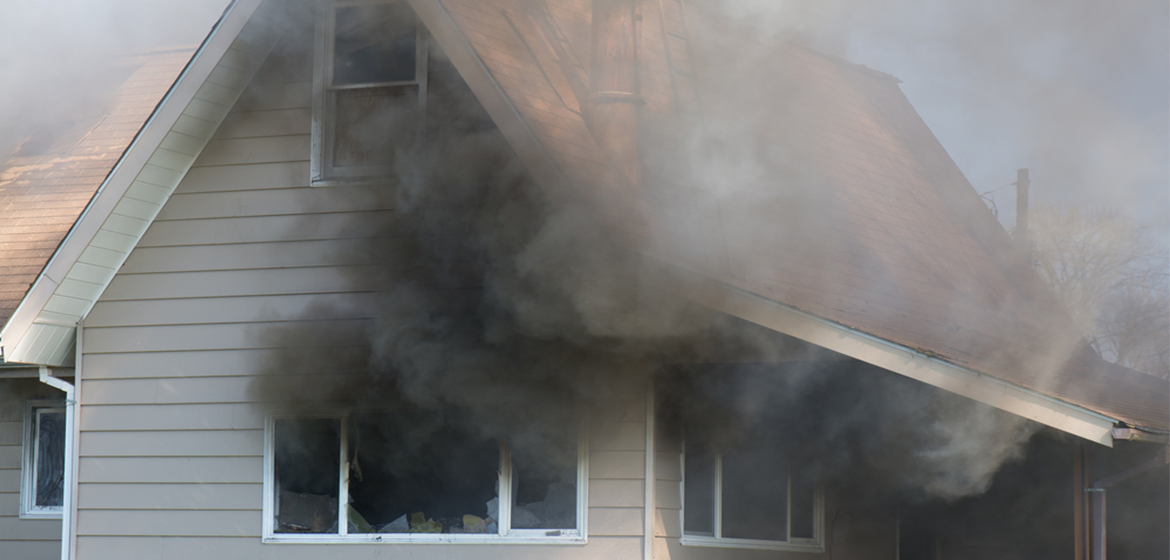Unmasking Smoke Damage Claims: Your Guide To Qualifications And Procedures

In the aftermath of a fire, the visible destruction is evident, but the hidden menace of smoke damage often lurks in the shadows, posing a substantial threat to properties. Beyond the apparent black residue or unpleasant odor, smoke can have harmful effects on structures and personal belongings. This article aims to shed light on the qualifications for insurance claims related to smoke damage, ensuring that policyholders are better equipped to navigate this complex terrain.
Understanding Smoke Damage
Smoke is a byproduct of incomplete combustion, and its residue can permeate various surfaces, leaving behind soot, toxins, and an overpowering smell. The insidious nature of smoke means it can travel far from the origin of the fire, affecting rooms or areas that the flames did not reach. Its corrosive properties can lead to the degradation of materials, and if not addressed promptly, the costs of remediation can escalate.
Qualifying for an Insurance Claim
When it comes to insurance, not all smoke damage is viewed equally. There are specific criteria that must be met for damage to be eligible for a claim.
- Direct Cause
The origin of the smoke is crucial. Smoke damage resulting from a covered peril, like a fire breakout within the property, is generally covered. However, damage from external sources or events not listed in the policy may not be covered.
- Sudden and Accidental
Most insurance policies cover “sudden and accidental” events. Thus, smoke damage emanating from a sudden fire would typically qualify. However, damage resulting from a slow, smoldering event or poor maintenance might not be deemed eligible.
- Verification and Documentation
Prompt preliminary inspections are essential. These inspections ascertain the extent of the damage, helping in the documentation. Photographic evidence, lists of damaged items, and details about the event are indispensable during the claim process.
The Role of Professionals
When confronted with smoke damage, hiring professionals can be invaluable in navigating the often-complicated claim process.
- Public Adjusting
Engaging the services of public adjusting experts can offer policyholders a significant advantage. These professionals are adept at interpreting policy language, assessing damage, and negotiating with insurance companies to ensure a fair settlement.
- Expert Appraisal Services
Sometimes, the extent or value of smoke damage can be a point of contention between the insured and the insurer. In such scenarios, appraisal services can provide an unbiased assessment, ensuring the damage is neither undervalued nor overvalued.
- Mitigating Smoke Damage
While ensuring a fair claim is essential, taking steps to mitigate smoke damage is equally vital. Immediate action can prevent further degradation and reduce restoration costs.
Ventilation: Opening windows and doors can help dissipate the smoke and reduce the odor.
Cleaning: Specialized cleaning agents can remove soot and residue from surfaces. It is important to address this quickly, as soot can be acidic and damage materials over time.
Professional Restoration: For extensive damage, hiring restoration professionals is advisable. They have the tools and expertise to address smoke damage comprehensively.
Smoke damage, while often overshadowed by the more visible effects of a fire, is a critical concern. Understanding the nuances of insurance claims related to such damage is paramount. By recognizing the qualifications, seeking professional assistance, and acting promptly, policyholders can navigate the challenges of smoke damage claims effectively, ensuring they receive the compensation they are entitled to.